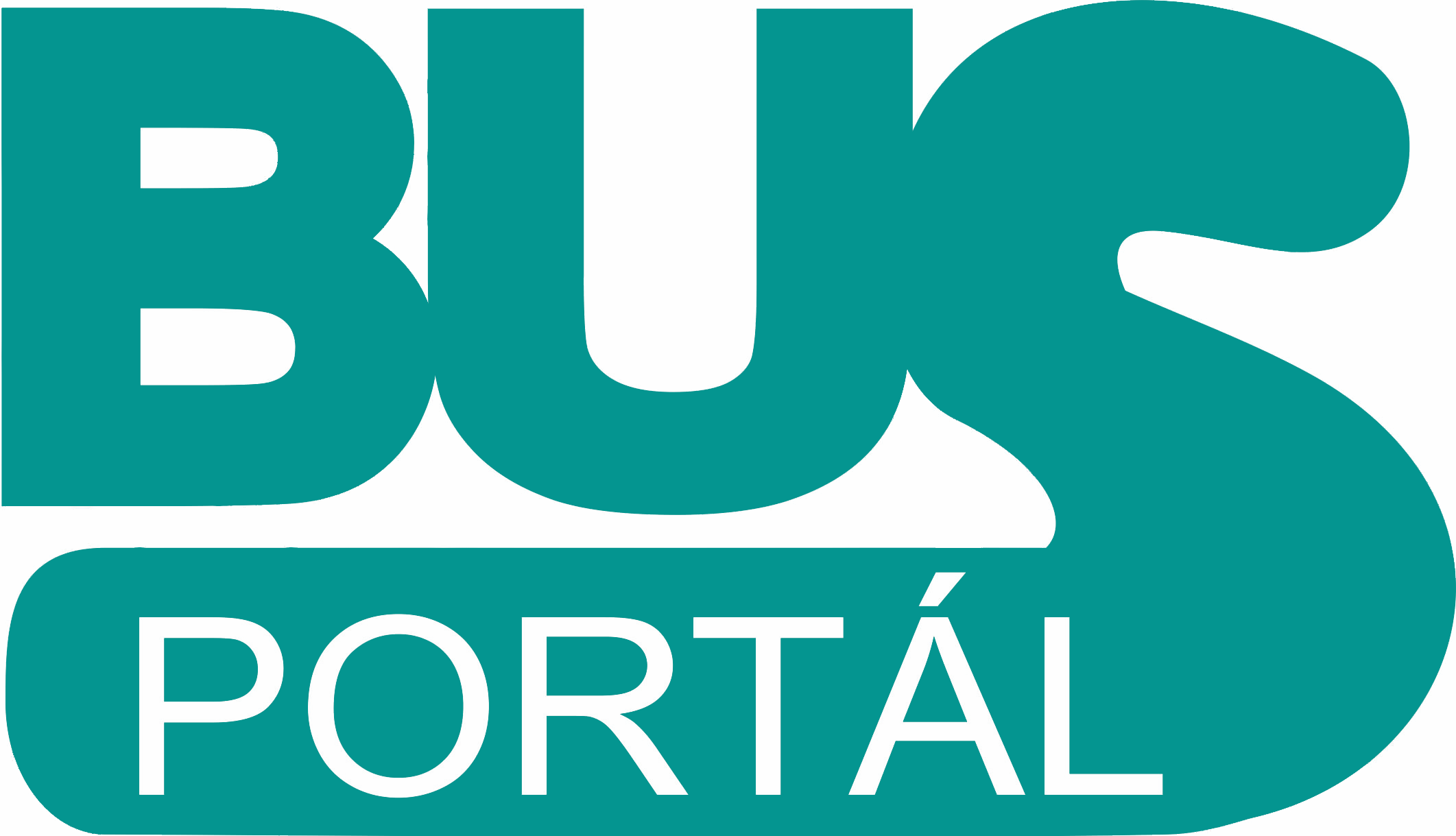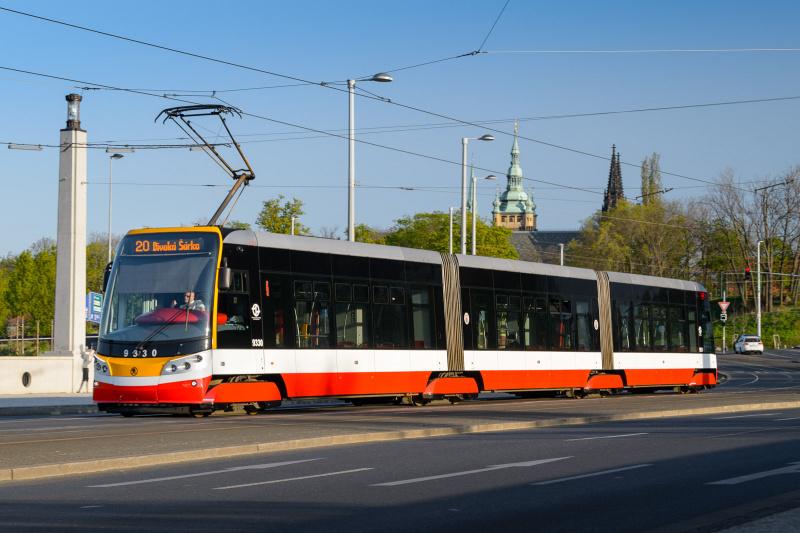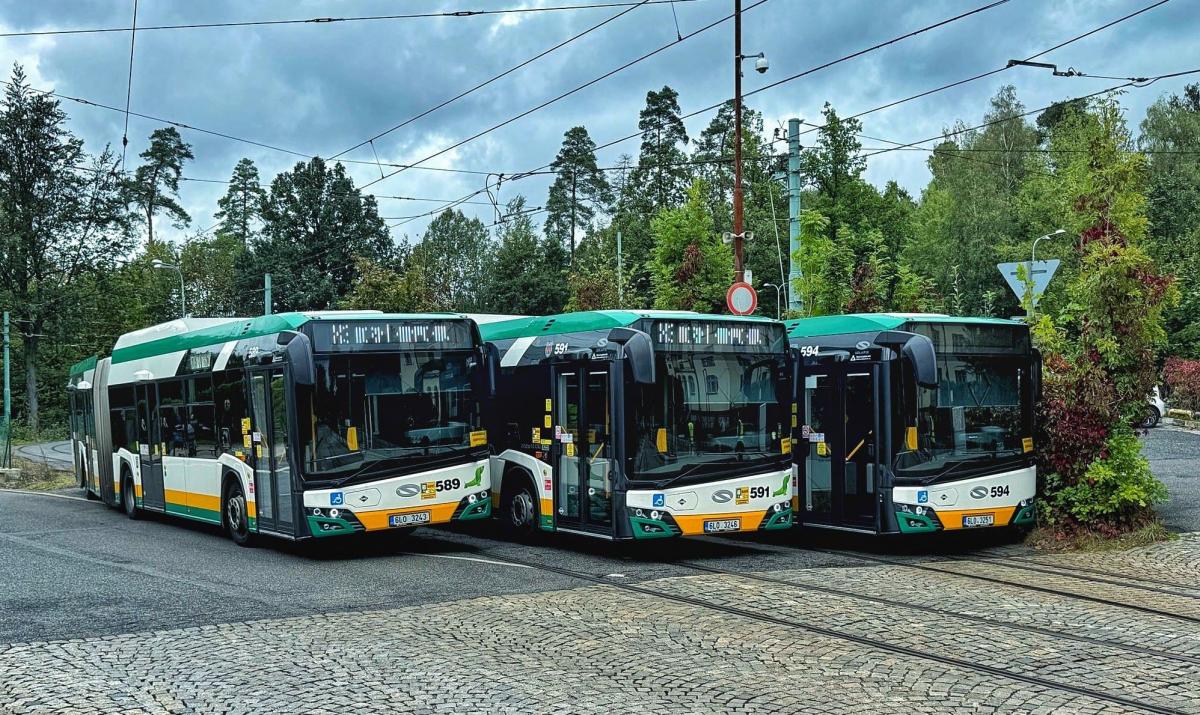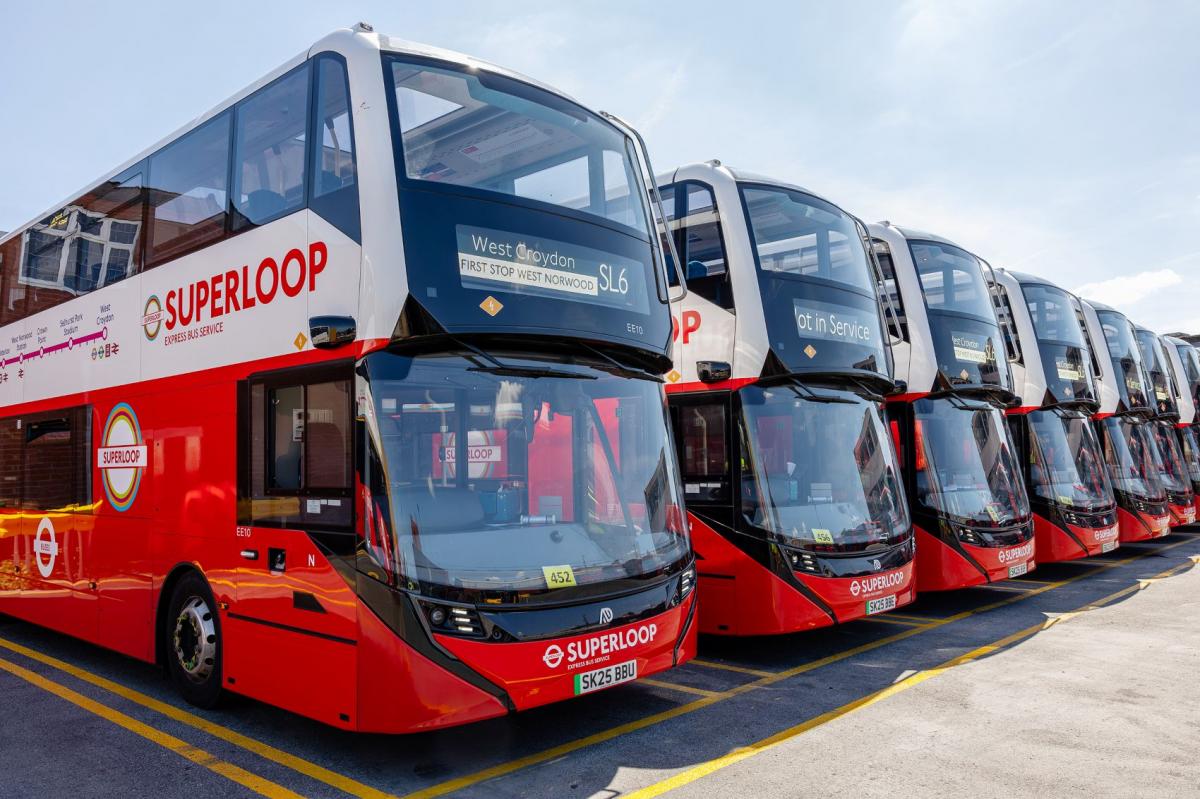"Řešení dopravních problémů nespočívá ve výstavbě dalších silnic či zavádění nových leteckých spojů. Stále rostoucí poptávku umožní nové technologie – zvláště v oblasti komunikací ." (CZ + EN)
(Planes, Trains, Buses and Automobiles.)
"Řešení dopravních problémů nespočívá ve výstavbě dalších silnic či zavádění nových leteckých spojů. Stále rostoucí poptávku umožní nové technologie – zvláště v oblasti komunikací ." (CZ + EN)
(Planes, Trains, Buses and Automobiles.)
Armonk, USA, 27. července – Společnost IBM představila pět nejnovějších inovací, které mohou změnit způsoby našeho cestování. Seznam je založen na tržních a společenských trendech, které ovlivní způsob našeho života, a na technologiích vyvíjených v mezinárodních laboratořích IBM, jež tyto inovace umožní.
TZ www.ibm.com.
Planes, Trains, Buses and Automobiles
IBM Reveals Five Transportation Innovations
Armonk, NY. July 27 – IBM (NYSE:IBM)) today announced five new innovations that have the potential to change the way people travel. The list is based on market and societal trends expected to transform our lives, as well as emerging technologies from IBM’s Labs around the world that could make these innovations possible.
Every year, nine billion gallons of fuel are wasted in traffic congestion, auto accidents cost hundreds of billions of dollars and by 2020 the number of airline passengers is expected to double, soaring to an annual rate of more than seven billion worldwide. In the next two years, these statistics will change through technology innovations in the following ways:
PR www.ibm.com.
Každý rok se v dopravních zácpách zbytečně spálí 34 miliard litrů pohonných hmot, automobilové nehody stojí miliardy dolarů a do roku 2020 se očekává nárůst počtu pasažérů letecké dopravy na dvojnásobek, což bude ročně znamenat přes sedm miliard přepravených osob. V průběhu příštích dvou let se tyto statistiky díky technologickým inovacím v některých oblastech změní následujícím způsobem:
- Naše automobily budou schopny rozpoznat ostatní vozy a předejít rizikovým situacím na silnicích. Budoucnost patří společnému řízení. Automobily blízké budoucnosti budou mít asistenční technologie, které jim umožní chovat se jako by měly „reflexy“. Vozy si budou vyměňovat informace mezi sebou navzájem a se silniční infrastrukturou; v případě potřeby budou schopny korigovat akci a poskytovat řidiči nezbytnou zpětnou vazbu. Napojení dálnic a městských komunikací bude průchodnější a tok dopravy plynulejší a bezpečnější, což rovněž omezí škodlivé emise.
- Cestující obdrží informace o zpoždění vlaků a autobusů prostřednictvím mobilního telefonu. Nové technologie blízké budoucnosti cestujícím zavolají nebo zašlou textovou zprávu o aktuálním čase příjezdu dalšího autobusu nebo vlaku. Pomocí senzorů, technologie GPS a palubní komunikace odešlou inovativní dopravní systémy upozornění o zpoždění vlaku či autobusu a případném rychlejším či pohodlnějším spoji. Stejný systém umožní přepravním dispečerům korigovat cesty dopravních prostředků v reálném čase a z nevhodného seskupení spojů se tak nenávratně stane věc minulosti.
- Řidiči budou se svými vozy vést konverzaci. Stále sofistikovanější systémy rozpoznávání hlasu řidičům v reálném čase umožní příjem aktualizovaných spojů, čtení a odpovídání na e-maily, zjišťování trasy, předcházení nehodám, přehrávání DVD nebo hudby prostřednictvím jednoduchých slovních pokynů. Hlasem řízená navigace a zábavní systémy řidičům rovněž umožní ovládání teploty v kabině či telefonování s rodinou, to vše s rukama na volantu a očima upřenýma na silnici.
- Města najdou řešení dopravních kongescí (Pozn. Busportálu: kongesce=zácpa). Inteligentní dopravní systémy budou v reálném čase korigovat světelné řízení dopravy, aby omezily zhušťování dopravy nebo vytvořily průjezdy pro vozidla záchranných služeb. Nové senzorické technologie, GPS a satelity poskytnou motoristům informace o nejlepších trasách a budou se snažit předcházet jízdě a parkování v místních dopravních špičkách. Díky menšímu počtu dopravních zácp bude vzduch ve městech čistější a silnice bezpečnější.
- Cestující získají přehled o změnách na trase a budou moci snadněji dohledat ztracená zavazadla. Polohy letadel, posádek a odbavovacích stanovišť budou optimalizovány s pomocí inteligentních systémů, které budou „předvídat“ zdržení a přesměrují pasažéry dříve, než se nahromadí na letišti. Prostřednictvím kiosků budou mít cestující přehled o změnách na trase a jednotný letecký/letištní systém zvýší bezpečnost a dramaticky omezí chyby v přepravě zavazadel.
TZ www.ibm.com.
Planes, Trains, Buses and Automobiles
IBM Reveals Five Transportation Innovations
Armonk, NY. July 27 – IBM (NYSE:IBM)) today announced five new innovations that have the potential to change the way people travel. The list is based on market and societal trends expected to transform our lives, as well as emerging technologies from IBM’s Labs around the world that could make these innovations possible.
Every year, nine billion gallons of fuel are wasted in traffic congestion, auto accidents cost hundreds of billions of dollars and by 2020 the number of airline passengers is expected to double, soaring to an annual rate of more than seven billion worldwide. In the next two years, these statistics will change through technology innovations in the following ways:
- Our cars will be able to sense other cars and avoid hazardous road conditions. The future is collaborative driving. Cars in the near future will have driver-assist technologies that will make it possible for automobiles to behave as if they have ‘reflexes.’ Vehicles will exchange information with each other and with the road infrastructure, take corrective action where appropriate, and provide essential feedback to the drivers. Highway and city merging and traffic flow will be smoother and safer and harmful emissions will be reduced.
- Travelers will get notifications of train and bus delays via cell phone. In the near future a new technology will call or text message riders to alert them when the next bus or train is due to arrive. Using sensors, GPS technology and in-vehicle communications, an innovative transport system will send notifications of train and bus delays, or if an alternative route will be faster or more convenient. The same systems will allow schedulers to make real-time route corrections, making “bus bunching” a thing of the past.
- Drivers will converse with their cars. Increasingly sophisticated voice recognition systems will allow drivers to get real-time flight updates, read and respond to emails, get directions, avoid accidents, play DVDs or select music through simple, conversational voice commands. Voice recognition navigation and entertainment systems also will allow drivers to adjust cabin temperature or call home while keeping hands on the wheel and eyes on the road.
- Cities will find the cure for congestion. Intelligent traffic systems will make real-time adjustments to traffic lights to ease congestion and clear paths for emergency vehicles. New sensor technologies, GPS and satellites will provide info to motorists on the best routes to avoid driving and parking during peak busy hours. Fewer traffic jams will result in cleaner air and safer roads.
- Travelers will gain control over route changes and get a better handle on lost luggage. The location of jets, crews and airport gates will be optimized as a smart system “foresees” delays and re-routes passengers before they get stranded at the airport. Kiosks will give travelers control over route changes and a unified airline/airport system will enhance security while dramatically cutting baggage handling errors.
PR www.ibm.com.





 Praha chystá doklimatizaci tramvají Škoda 15T
Praha chystá doklimatizaci tramvají Škoda 15T
 Liberecký dopravní podnik postaví infrastrukturu pro…
Liberecký dopravní podnik postaví infrastrukturu pro…
 Arriva dokončila elektrifikaci svého depa Norwood v jižním…
Arriva dokončila elektrifikaci svého depa Norwood v jižním…





